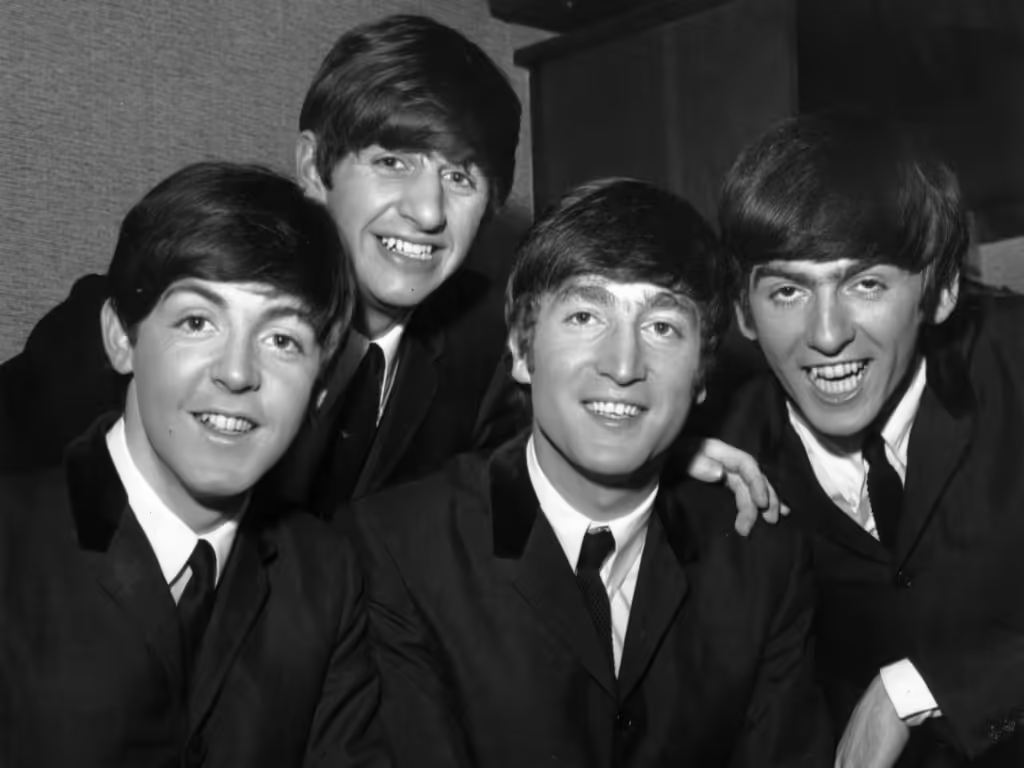The Beatles, one of the most influential bands in music history, were not without their share of creative tensions, especially between the two leading members, John Lennon and Paul McCartney. Known for their differing artistic visions, Lennon and McCartney often clashed over the direction of their music. One memorable point of contention arose over certain songs that McCartney wrote, which Lennon disparagingly referred to as “granny music.” This criticism highlighted Lennon’s frustration with McCartney’s inclination toward more melodic, traditional-sounding compositions that Lennon felt lacked the edge he wanted for the band.
One notable example was McCartney’s song “Ob-La-Di, Ob-La-Da” from the Beatles’ *White Album*. Lennon openly disliked the song, calling it “granny music” due to its catchy, upbeat tune that he felt was out of touch with the experimental, rock-centered style he was pursuing. While McCartney enjoyed exploring diverse musical styles, Lennon wanted to keep the band’s sound innovative and edgy, often pushing for more raw, avant-garde compositions. This artistic difference led to heated discussions, as McCartney defended his approach, believing that variety and melody added depth to their albums.
This clash in musical direction became symbolic of the broader creative differences that ultimately led to the band’s breakup. McCartney continued to advocate for accessible, melody-driven songs, while Lennon grew increasingly vocal about pushing boundaries and rejecting commercial-sounding music. Despite the disagreements, however, the Lennon-McCartney partnership produced some of the Beatles’ most beloved music. Their contrasting styles, though contentious, created a unique balance that contributed to the Beatles’ iconic sound and legacy.
In retrospect, fans and critics view these artistic tensions as essential to the Beatles’ dynamic, highlighting how Lennon’s raw edge and McCartney’s melodic sensibility created a complex and unforgettable catalog of music that continues to resonate across generations.
